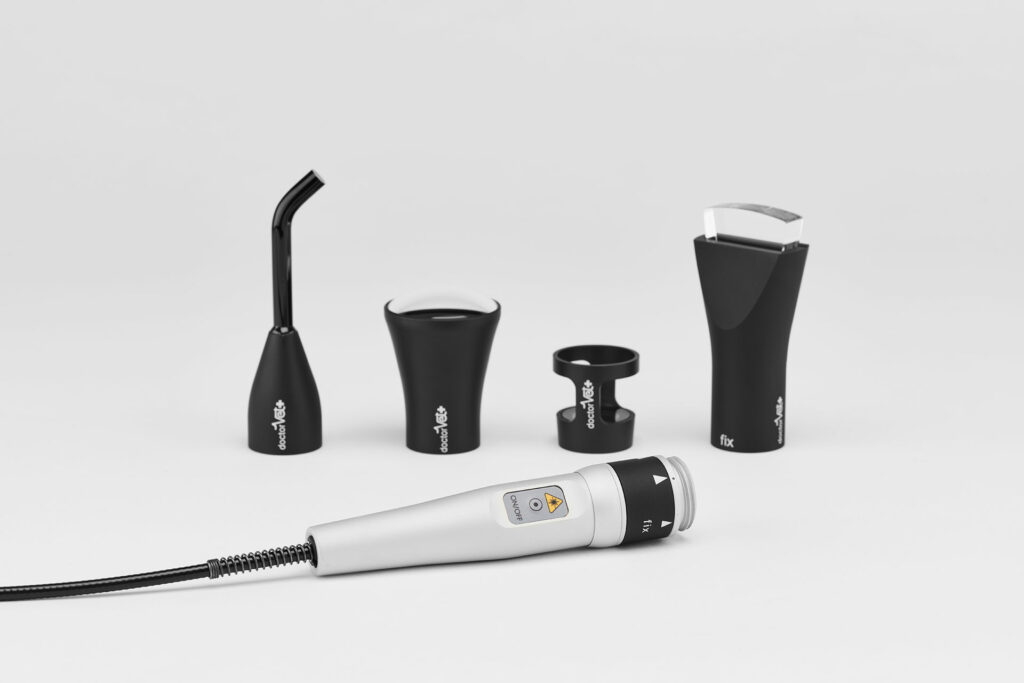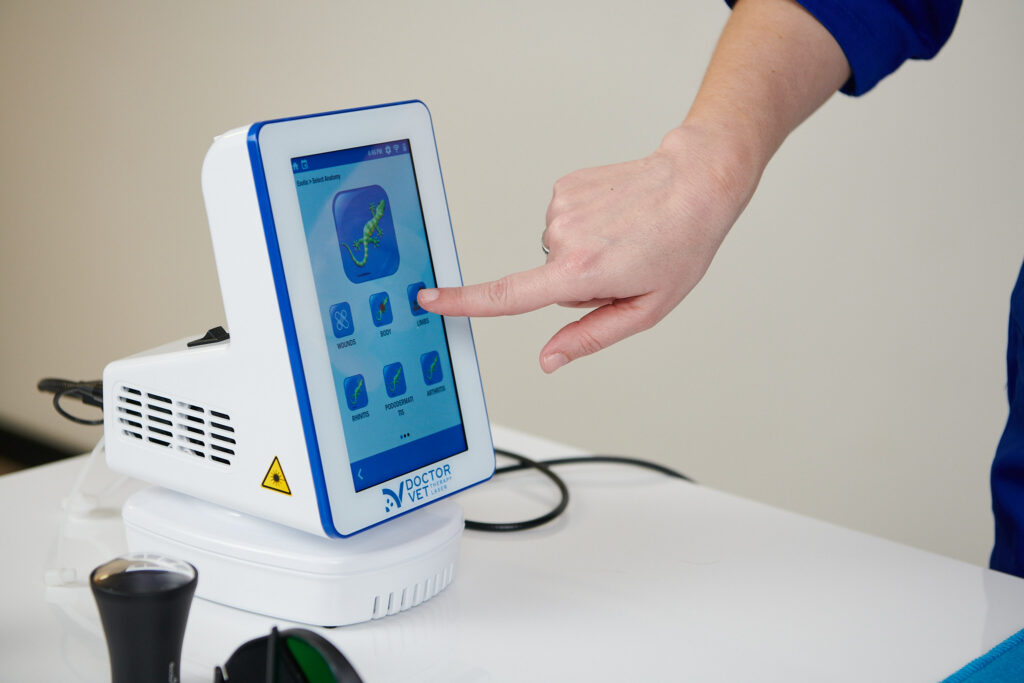Equine dermatitis is a serious allergy that can affect all horse breeds. The numerous possible causes include micro-organism infestations or insect bites, as well as allergens. Allergy to Culicoides is one of the most common causes because many horses react to the saliva they secrete when biting1.
The symptoms are intense itching and inflammation, which lead to scratching and biting by the animal that cause hair loss and skin lesions. These will vary depending on the seriousness of the pathology in the horse. It is also a pathology they suffer for life.
Treatment includes good hygiene around the horse. This should include the cleaning of beds, feeders and water troughs, the disinfection of stables and the installation of mosquito screens. Other treatments can include curing any lesions that arise, as well as using soothing shampoos and pharmacological treatment, which may vary depending on the cause of the dermatitis.
There is a large number of articles that demonstrate the benefits of laser therapy in dermatology, both in wounds and in various pathologies, including infectious and non-infectious pathologies. These articles relate to studies in animals and humans2-4.

Seeing is believing!
Book a demo now to learn how DoctorVet works!
Considering the general effects of laser therapy, which are pain reduction, inflammatory process control and biostimulation (skin stimulation being among the most common), laser therapy may be useful in equine dermatitis. Knowing the origin of the dermatitis in question is essential when defining treatment goals.
DoctorVet has specific protocols for horses, which include protocols for wounds and skin problems, as well as infection and inflammation protocols. Depending on the origin, it may be necessary to combine different protocols.
These protocols depend on the treatment area, and that area will need to be measured. In order to optimise treatment, we recommend using the sweeper treatment head, the scanning application technique over the entire treatment area and non-contact mode.
As for the treatment schedule, we recommend starting to treat on alternate days or three times per week in order to achieve the photobiomodulation effect. Once the photobiomodulation has been achieved, sessions can be spaced further apart.
If necessary, it may be advisable to perform maintenance sessions or treat before symptoms appear in seasonal cases.


Via dell’Impresa, 1
36040 Brendola (VI)
VAT 02558810244
C.R. VI 240226
© Copyright 2016-2021 LAMBDA S.p.A. | Privacy Policy